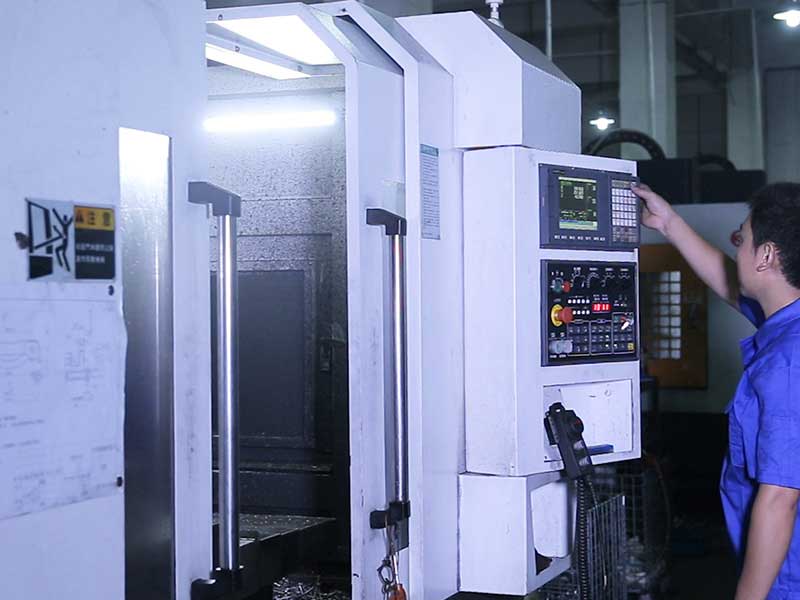Yuhuan Huayang Machinery Co., Ltd
Contact Sales at max
Disc-style brakes began in England in the 1890s; the first ever automobile disc brakes were patented by Frederick William Lanchester in his Birmingham factory in 1902, though it took another half century for his innovation to be widely adopted.
These brakes offer better stopping performance than comparable drum brakes, including resistance to “brake fade” caused by the overheating of brake components, and are able to recover quickly from immersion. Unlike a drum brake, the disc brake has no self-servo effect and the braking force is always proportional to the pressure placed on the braking pedal or lever.
Many early implementations for automobiles located the brakes on the inboard side of the driveshaft, near the differential, but most brakes today are located inside the wheels. (An inboard location reduces the unsprung weight and eliminates a source of heat transfer to the tires).
The brake caliper is the assembly which houses the brake pads and pistons. The pistons are usually made of aluminum or chrome-plated steel. There are two types of calipers: floating or fixed. A fixed caliper does not move relative to the disc. It uses one or more pairs of opposing pistons to clamp from each side of the disc, and is more complex and expensive than a floating caliper. A floating caliper (also called a “sliding caliper”) moves with respect to the disc, along a line parallel to the axis of rotation of the disc; a piston on one side of the disc pushes the inner brake pad until it makes contact with the braking surface, then pulls the caliper body with the outer brake pad so pressure is applied to both sides of the disc.
Floating caliper (single piston) designs are subject to failure due to sticking which can occur due to dirt or corrosion if the vehicle is not operated regularly. This can cause the pad attached to the caliper to rub on the disc when the brake is released. This can reduce fuel effiency and cause excessive wear on the affected pad. Additional heat generated by the constantly rubbing pad can also lead to warping of the disc.

Copyright©2018Yuhuan hua yang Machinery Co.,Ltd.|All Rights Reserved
Hello, please leave your name and email here before chat online so that we won't miss your message and contact you smoothly.